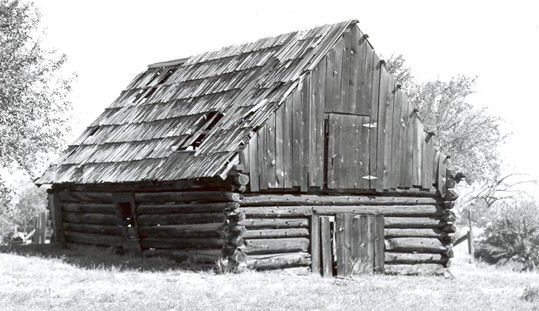
On April 26, 1856, twenty settlers in the Honey Lake Valley gathered at Isaac Roop’s Trading Post nee cabin and held a “mass convention” to establish a territory of their own. After all, the group concurred, they were not residents of California and they did not want to be under Mormon domination of the Utah Territory whose boundaries extended to the eastern boundary of California. They named their new government Nataqua Territory. Nataqua, or Natauga as it is sometimes spelt, purportedly, was a Paiute word for woman. Their land grab was grand to say they least. They carved out a territory, 240 miles long and 155 miles wide, almost two-thirds the size of the State of Nevada. Ironically, the legal description of their new sovereign state, excluded themselves. Roop’s Post for instance, was located 35 miles west, outside the their western boundary. The Nataqua Territory, in essence, served as a form of local government to provide an avenue to protect their rights and to handle local land affairs. The territory served as a foundation until a more formal government was established. In 1857, the Territory was abandoned when an attempt was made to form the Territory of Sierra Nevada.